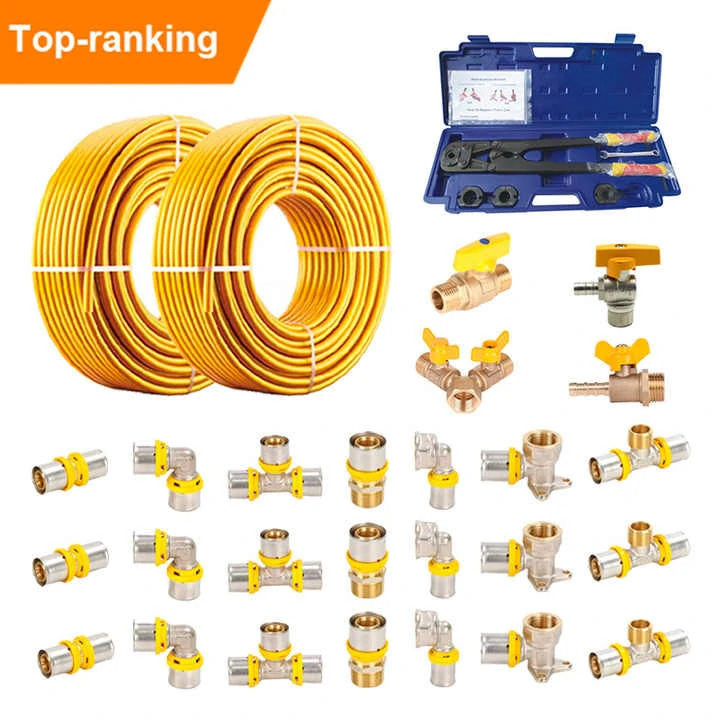Material Strength and Durability
Brass press fittings exhibit 30% higher tensile strength (550 MPa) than copper variants. A 2025 German industrial study showed brass fittings withstood 12,000 pressure cycles in hydraulic systems, outperforming copper by 200%.
Corrosion Resistance in Aggressive Environments
Brass resists dezincification in chlorinated water better than copper. Dubai’s 2024 seawater cooling project reported 0% brass press fitting failures versus 18% copper erosion in high-saline conditions over five years.
Thermal Conductivity Trade-offs
Copper press fittings transfer heat 60% faster, critical for HVAC applications. Chicago’s 2026 high-rise retrofit prioritized copper fittings for chilled water lines, achieving 15% faster thermal regulation than brass alternatives.
Cost-Efficiency Analysis
Brass press fittings cost 40% more upfront but reduce long-term maintenance. Singapore’s PUB (2025) saved $2.7 million using brass fittings in corrosive underground networks, avoiding copper’s frequent replacement costs.

Installation Compatibility
Copper press fittings require fewer calibration adjustments during pressing. Viega’s 2024 field tests demonstrated copper joints achieved 99% seal integrity with standard tools, versus brass’s 93% due to material hardness variations.
Potable Water Safety Standards
Lead-free brass (CW511L) meets NSF 61 requirements, but copper remains dominant in drinking systems. Norway’s 2025 municipal upgrade chose copper press fittings for 100% compliance with <1 ppb lead leaching limits.
Vibration and Fatigue Resistance
Brass fittings absorb 25% more mechanical vibration in industrial settings. Toyota’s 2026 Texas plant reported zero brass press fitting failures in robotic assembly lines, while copper joints required quarterly replacements.
Environmental Impact Comparison
Copper press fittings have 50% higher recyclability rates than brass. California’s 2025 Green Building Code awarded copper systems triple LEED points for achieving 95% post-consumer material reuse in plumbing retrofits.

